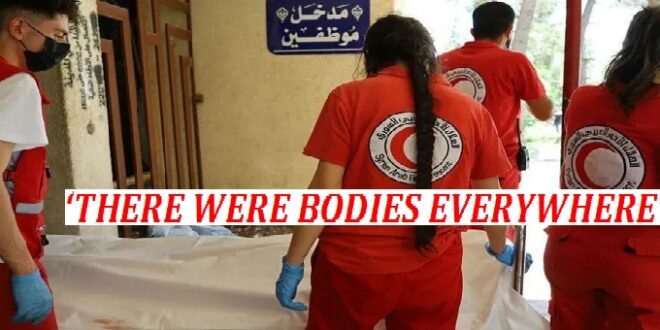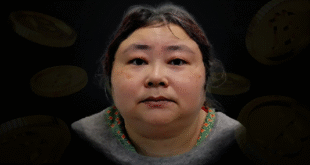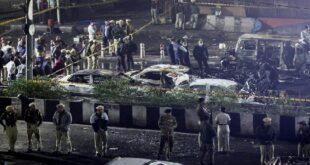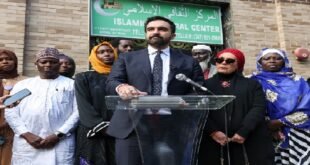19-07-2025
DAMASCUS/ SUWEIDA: Over the last five days, Rima says she has witnessed “barbaric” scenes.
The 45-year-old Druze woman has lived in the southern Syrian city of Suweida her whole life, and never thought her once-peaceful hometown would become the scene of a bloodbath.
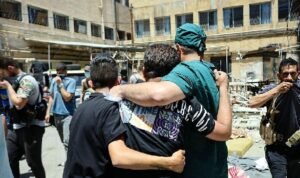 “There were bodies everywhere outside our building,” she told media, using a pseudonym out of fear for her safety.
“There were bodies everywhere outside our building,” she told media, using a pseudonym out of fear for her safety.
Rima said she huddled inside her home, bracing for the unimaginable, as gunmen, government forces and foreign fighters, moved through her neighborhood earlier this week, going door-to-door looking for their next victim.
“One of the worst feelings ever is to keep waiting for people to come into your house and decide whether we should live or die,” she recalled, her voice still trembling with fear.
The violence has left Rima and her neighbors feeling abandoned and afraid in their own homes, as bullets and shells sounded off outside.
Long-running tensions between Druze and Bedouin tribes in Suweida erupted into deadly sectarian clashes on Sunday, following the abduction of a Druze merchant on the highway to the capital, Damascus.
As the fighting spread to other parts of the southern province, the government of interim President Ahmed al-Sharaa who led the overthrow of Bashar al-Assad’s regime by Islamist-led rebels in December, announced that it would deploy the interior and defence ministry’s forces to “restore stability”.
Since the fall of Assad, some local Druze leaders have rejected the presence of the security forces in Suweida city. When government forces were deployed on Tuesday, the fighting escalated.
Soon, the government’s forces were being accused of attacking both Druze fighters and civilians, which prompted the Israeli military to intervene with a series of air strikes that it said were intended to protect the Druze.
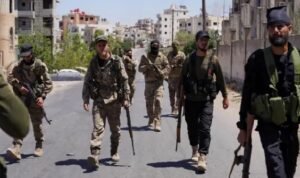 As Rima watched this play out, the lack of internet and power made it difficult to keep up with the unfolding events. All she knew for sure was what she could see from her window: slaughtered bodies and burned buildings.
As Rima watched this play out, the lack of internet and power made it difficult to keep up with the unfolding events. All she knew for sure was what she could see from her window: slaughtered bodies and burned buildings.
Syrian state media have also cited authorities and Bedouin tribes as saying that “outlaw groups” carried out “massacres” and other crimes against Bedouin fighters and civilians.
The Syrian Observatory for Human Rights, a UK-based monitoring group, has said it has documented the killing of at least 594 people since Sunday, including 154 Druze civilians, of whom 83 were summarily killed by government forces and three members of Bedouin tribes who were summarily killed by Druze fighters.
Nayef, a Druze man whose name we have also changed, was also confronted with horrific scenes in Suweida.
“We are collecting bodies from the streets. We found bodies left outside houses, next to houses for two or three days,” he told media.
Despite being a government employee, Nayef lashed out in disbelief at what he saw as the government forces’ brutality inside the city.
“They stormed neighborhoods, selecting the houses that look wealthy. They looted these houses and then torched them. They sprayed unarmed civilians with bullets.”
Videos circulating on social media appeared to support Nayef’s allegations.
Footage shared on Facebook on Wednesday afternoon shows at least half-a-dozen men dressed in camouflage firing live rounds at a group of residents, who are kneeling on the sidewalk. (Int’l News Desk)
 Pressmediaofindia
Pressmediaofindia
